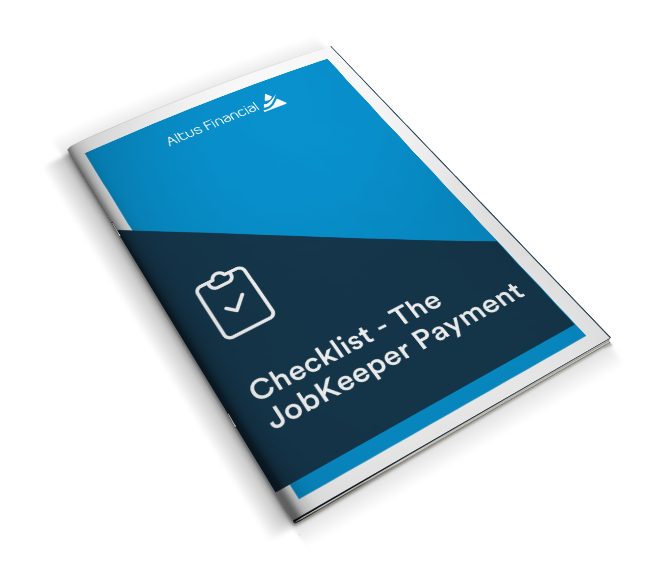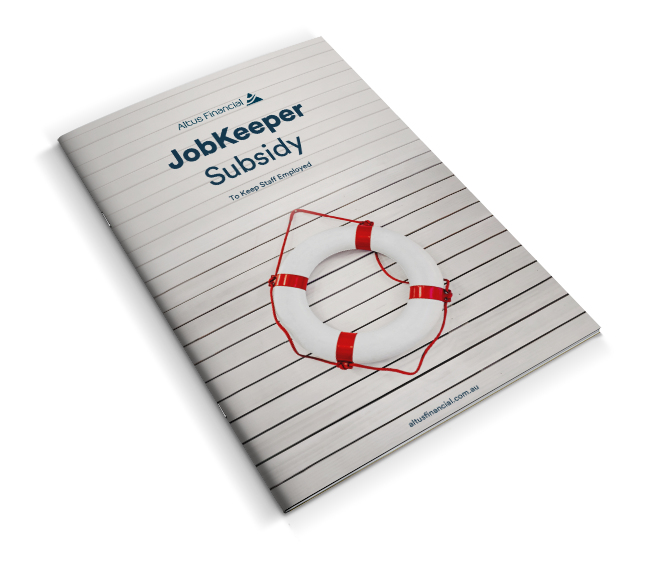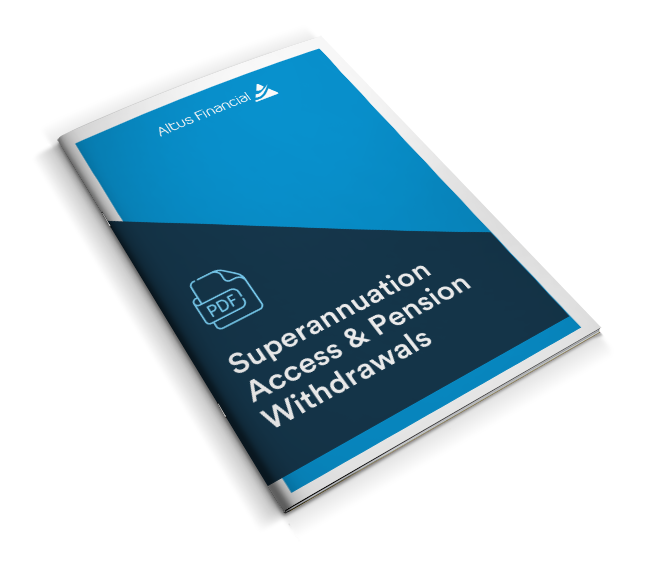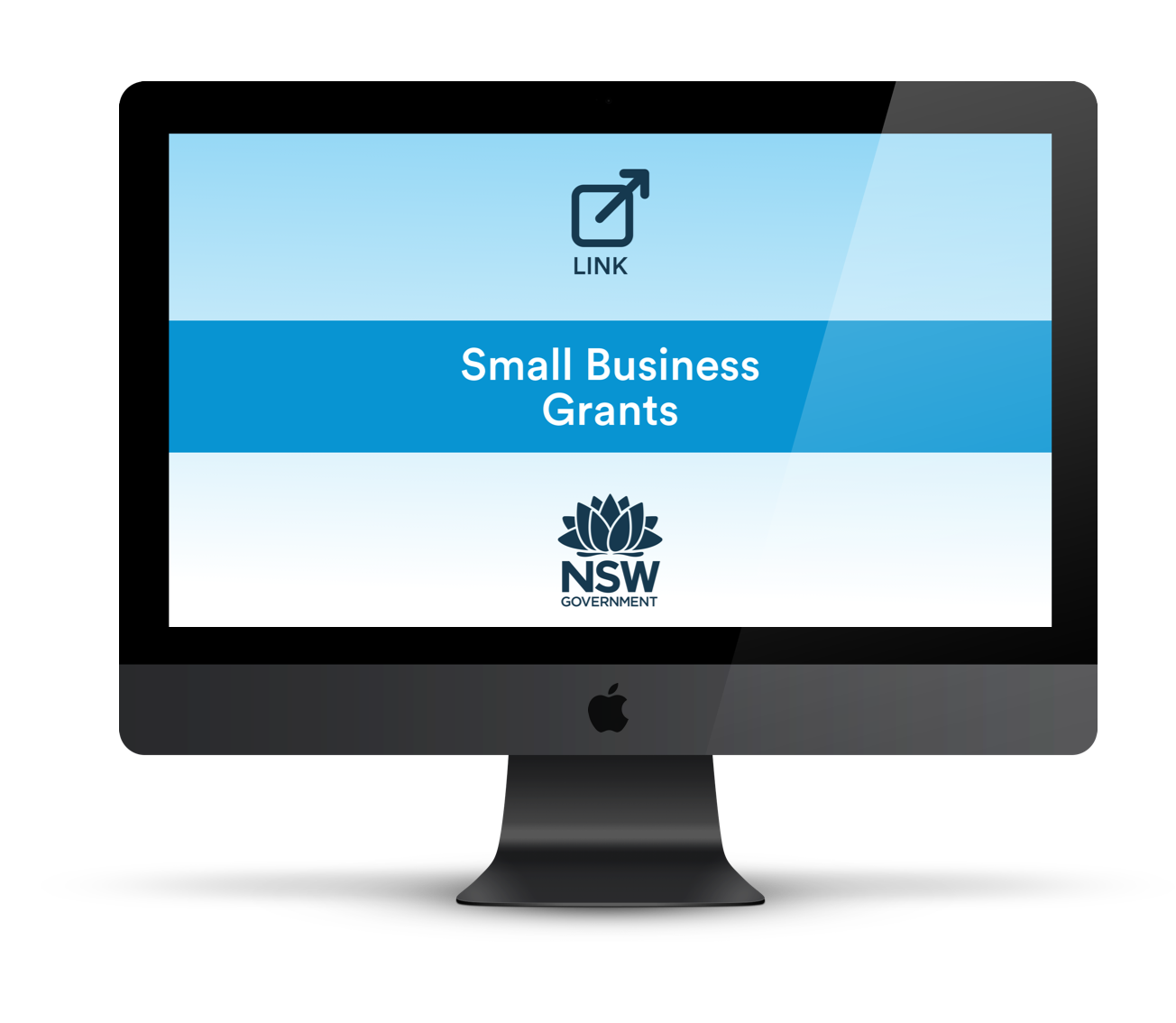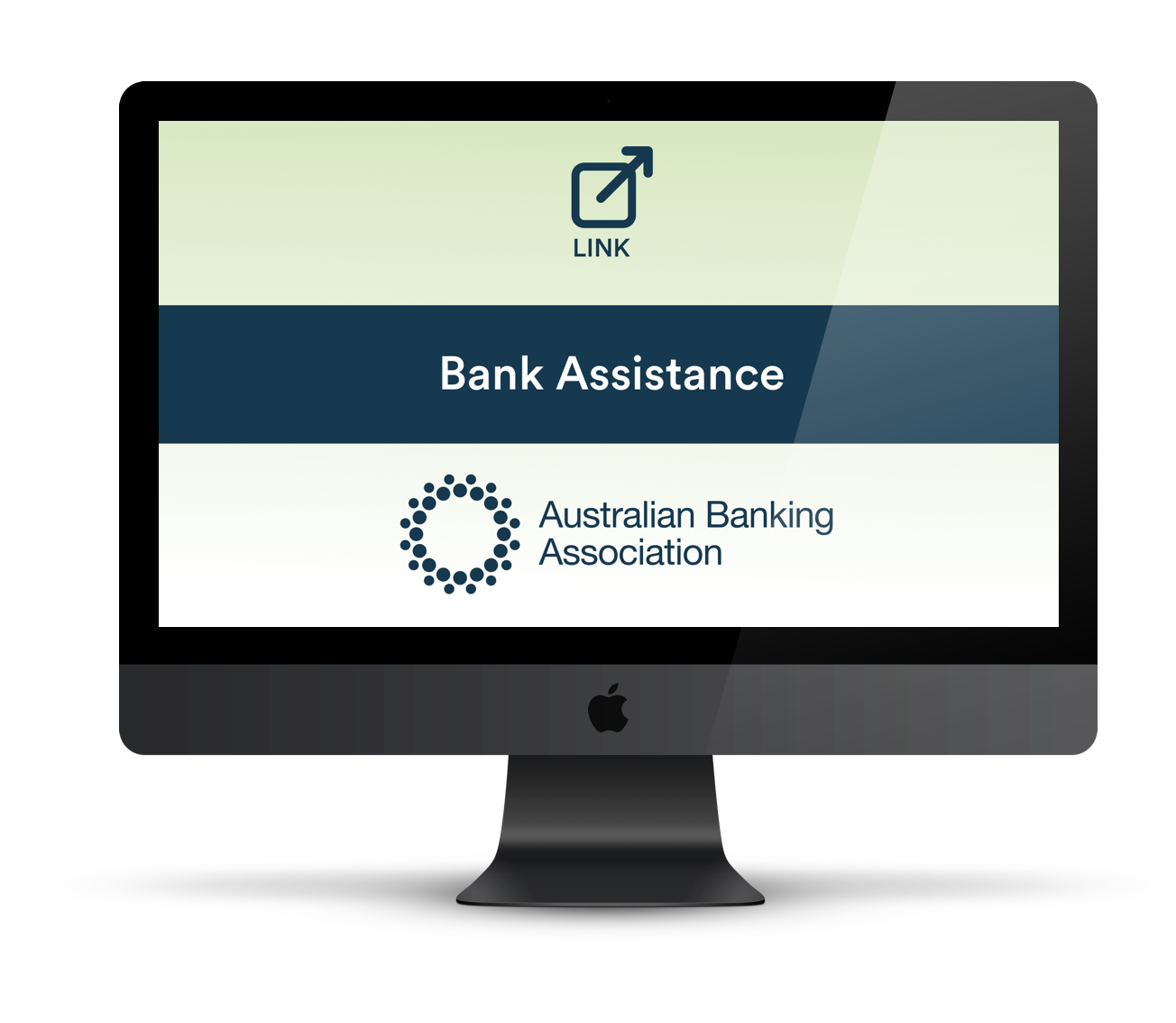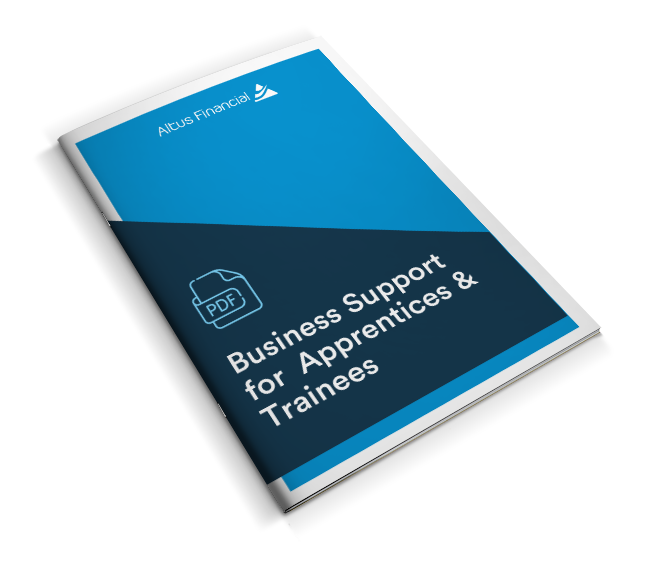So, the question we now ask ourselves as investors is ‘where are we now and what can I expect from my investments from here’?
The team at Janus Henderson Investors (one of the managers within the Altus Model Portfolio series) put together this simple slide to show the interrelationship between liquidity in markets during major economic crises, the performance of markets and the economy.
What we saw in late February and March as the world went into lockdown was a sharp and immediate liquidity crisis as investors sort out the relative safety of cash. Super funds saw a run on redemptions and questions were immediately raised about the risk of holding illiquid assets in daily liquidity super funds (the industry super funds came into the spotlight in particular during this period). Bond markets came under extreme pressure and Governments and central banks stepped in with unprecedented levels of support in an effort to prevent the greatest fall in economic activity since the Great Depression. Share markets fell precipitously, with the Australian share market falling by 37% at one point and global shares fell 34%.

Since the 23rd of March 2020 markets have started to show signs of improvement. Massive stimulus packages and a flattening of the COVID-9 curve has seen sentiment begin to turn, despite a flood of unfortunate economic news (including at one point oil prices reaching -$40USD a barrel!). Share markets, including the US market, in particular, have seen a substantial recovery despite increasing scepticism about a quick economic recovery. So, why has this occurred?

In short, the rally in growth asset prices has been fundamentally driven by the forward-looking behaviour of investors. Growth assets valuations, including for shares, are a function of perceived future earnings. Investors, for the most part, today, recognise that most companies are going to take a significant hit to their short term profits as a result of the current economic and social climate.
For the majority of companies, this is not in dispute. However, the prospect of an easing of shutdowns and a slow return to ‘business as usual, but not as we have previously known it’ is giving investors some cause to be optimistic about the future. This uplift in valuations since the lows in March is also driven by a dearth of investment alternatives as interest rates hit record lows and concerns about rents not being paid and home loan defaults grind property markets to a halt.
The recent recovery in share markets since March do not, in our view, necessary mean we’ve reached the bottom. On most valuation metrics markets don’t look particularly cheap, so it’s entirely possible markets will fall further from here. History shows us that markets will rise and fall (this even happens to residential property in Australia), but the long term trend is up as companies, in aggregate, reinvest a portion of their profits to grow long term shareholder value. As long term investors we know how difficult it is to pick the bottom of markets and it’s only with the benefit of hindsight that we will know when the bottom was upon us.
While volatility in markets has subsided somewhat, day to day price movements are still extraordinarily high. As a result, attempts to time markets are fraught with danger and can result in missing the few crucial days when significant gains are made. Whilst it takes a very long term view and courage to invest a significant lump sum today, deploying a strategy whereby funds are invested on a regular basis (week by week, month by month, quarter by quarter) can be a powerful tool to lessen the impact of market timing whilst taking advantage of periods in which growth assets are being traded at cheaper prices due to fear and uncertainty.
Investors just need to be mindful that their investment approach needs to be sufficiently liquid for a strategy like this to be implemented and it’s critical to have a disciplined approach that removes emotion from the decision making process. Failure to quell our emotional response typically leads us to adopt a herd mentality, selling when markets are down and buying once markets have recovered (which is, in fact, the best way to erode your wealth).
Finally, at times like these, it’s vital to remember that ‘cash flow is king’. We regularly remind our investors of the importance of retaining sufficient funds in cash or cash-like assets to support your lifestyle and living expenses for 1-2 years at least.
Opportunism is an admirable trait when it comes to investing. Still, caution is another, particularly when the support of you and your loved ones is impacted by the quality of the decisions you make today.
From all of the team at Altus please stay safe and take care.

.svg)

.svg)
.svg)

.svg)
.svg)
